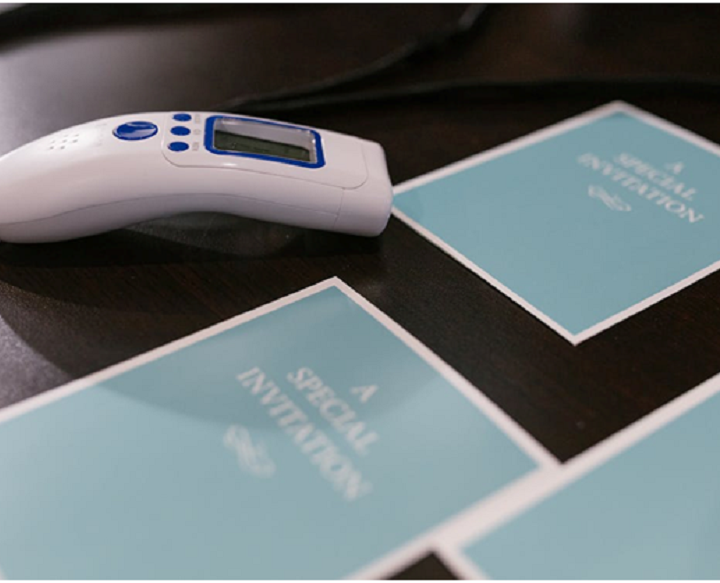Audio-level analog watermarking is a robust form of anti-piracy technology which detects an imperceptible audio watermark embedded in the soundtrack of audio or video content and prevents any unauthorized content from playing back. Audio watermarking has, thus, become a potent force to negate digital-to-analog (D/A) and analog-to-digital (A/D) attacks employed by pirates of premium video content at will.
The change in the digital distribution landscape with the emergence of OTT platforms and premium content delivery networks, including how films are being served and played in cinemas, has made it necessary to have audio watermarking in the arsenal to deal with piracy attacks on premium video content effectively. The inserted audio watermark should be robust enough to handle desynchronization attacks, such as cropping, and sophisticated audio processing operations, like time-scale modification.
Premium content with audio watermarking – which is used alongside video watermarking – tends to become useless when a signal relays over a public announcement system with a microphone tapping it. One of the most prevalent ways to implement such schemes is using the spread spectrum watermarking (SSW) method. It essentially requires sending a narrow band signal across a large bandwidth, such that the signal energy is undetectable in any frequency. Destroying such a watermark requires adding noise of considerable magnitude across all frequency bands, which in essence, renders the accompanying premium video content useless.
With the emergence of OTT and VoD services in a big way, it has become mandatory for all devices to include audio watermarking to ensure an additional security layer on DRM protected content and maintain robustness. This technology helps content owners defeat A/D or D/A attacks, ensure end-to-end content security, and complement video watermarking in a big way.
At the core, audio watermarking solutions has to trade off between the process robustness and acceptable levels of acoustic perceptibility. The technology’s implementation has made it possible to track any malfeasance in theatrical releases throughout the movie distribution network.
Advanced access content system (AACS) is a standard for the DRM technology and content distribution to restrict illegal copying and distribution of premium content. Watermark detection in the analog audio of legible copies of theatrical releases differentiates it from illegal copies which do not have matching AACS key or watermark.
In summary, audio watermarking technology enables end-to-end copyright protection and ownership verification. No wonder it figures among one of the most widely studied and evolving technology spaces to help Hollywood studios safeguard their theatrical releases from pirates.






